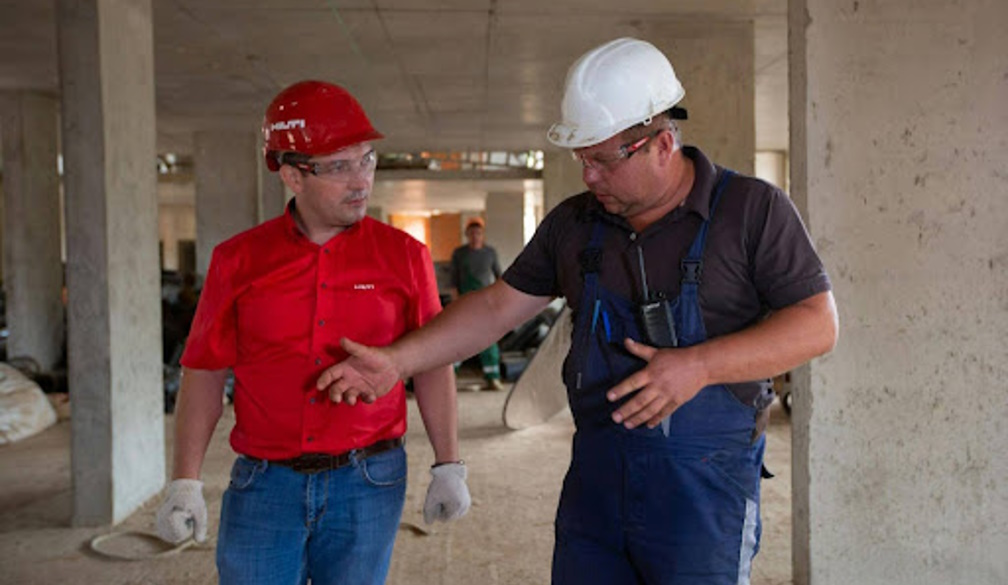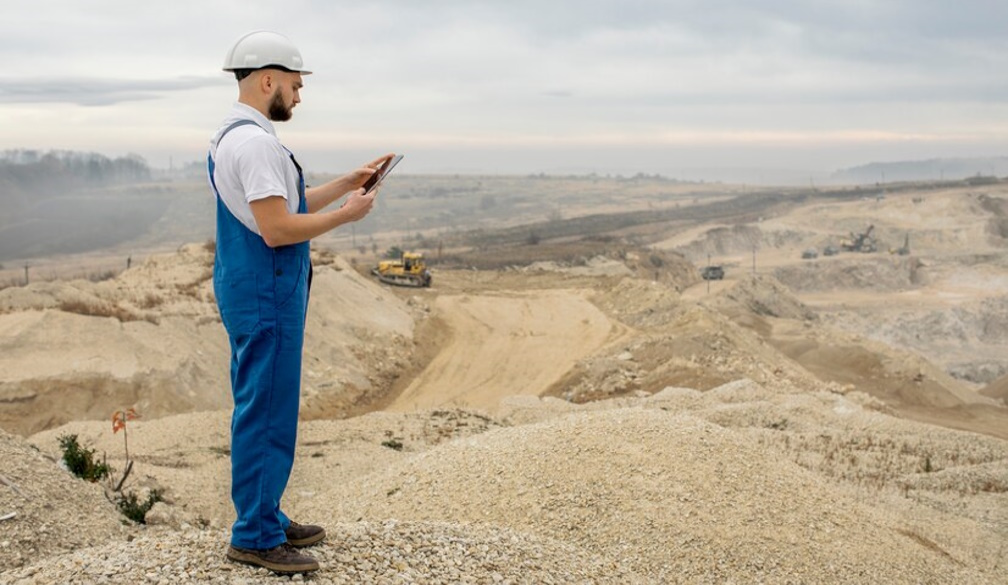What Is Pre-Qualification and Why Should Australian Contractors Care?
- Written by Jessica Jorgenson

Pre-qualification is the process that ensures contractors meet key standards and legal requirements before being considered for projects. While it started in construction, it’s now used across industries like manufacturing, facilities management, and transportation.
For contractors, pre-qualification is more than just a formality. It’s a chance to unlock new opportunities, build trust with clients, and set your business up for long-term success. Clients increasingly prioritise safety, compliance, and risk management. This guide breaks down why pre-qualification matters and how it can give your business a competitive edge.
What Is Pre-Qualification?
Pre-qualification is a structured process used by clients to evaluate whether contractors meet essential standards to undertake specific projects. It’s designed to ensure that work is completed safely, efficiently, and in compliance with legal and industry requirements. This assessment is an opportunity for contractors to showcase their expertise, reliability, and readiness to deliver.
What Does Pre-Qualification Involve?
Contractors are assessed across several critical areas to ensure they meet industry standards and client requirements. This process reduces risks for clients and helps contractors stay aligned with best practices. It also provides contractors with insights into areas for improvement.
Health and Safety Compliance
In Australia, contractors must demonstrate compliance with WHS (Workplace Health and Safety) regulations. This includes showing that they have policies, procedures, and training in place to minimise risks and protect workers. Clients prioritise contractors who can ensure a safe working environment, as it reduces liability and potential project delays.
Financial Stability
Financial assessments ensure that contractors can sustain their operations throughout the duration of a project. This includes demonstrating sufficient cash flow, a solid financial history, and the ability to handle unexpected costs. For clients, this reduces the risk of project interruptions or incomplete delivery due to financial constraints.
Quality Assurance Systems
Contractors need to provide evidence of robust systems for maintaining consistent quality in their work. This involves documented processes, certifications, or a track record of meeting industry standards. Reliable quality assurance systems give clients confidence that deliverables will meet or exceed expectations.
Insurance Coverage
Clients require contractors to have adequate insurance, including public liability, professional indemnity, and other relevant policies. This protects both parties against unforeseen events like accidents, property damage, or disputes.
Environmental Practices
Sustainability is an increasing priority for many clients, particularly in government projects. The Australian government’s commitment to cutting greenhouse gas emissions by 43% below 2005 levels by 2030 highlights the growing demand for contractors who can demonstrate strong environmental practices.
Contractors are evaluated on their environmental management practices, such as waste reduction, energy efficiency, and compliance with environmental regulations. Businesses with strong sustainability credentials often have a competitive edge, especially for projects with eco-conscious stakeholders.
Why Is Pre-Qualification Essential for Contractors?
Pre-qualification is more than just a requirement — it’s a key step in building a successful business. By meeting these standards, contractors can grow their reputation, win more work, and build stronger client relationships.
Demonstrating Competence
Pre-qualification allows contractors to showcase their technical expertise, operational readiness, and commitment to compliance. Clients often favour pre-qualified contractors because it reduces risk exposure and facilitates smoother project delivery.
Building Trust
Being pre-qualified positions contractors as reliable and professional, giving clients confidence in their ability to deliver. This level of trust often leads to repeat work and long-term partnerships, helping contractors strengthen their reputation and expand their business opportunities.
Risk Mitigation
Through pre-qualification, contractors address potential risks upfront — whether related to workplace safety or financial stability. In high-risk sectors like construction, this can be the difference between successful delivery and costly disputes.
Streamlining Procurement
Many clients use pre-qualification to streamline procurement processes, prioritising pre-vetted contractors to save time and resources. For contractors, this means less time spent on repetitive paperwork and more focus on consolidating compliance efforts, making the process more efficient for everyone involved.
Benefits of Pre-Qualification for Australian Contractors
Investing in pre-qualification provides contractors with significant benefits that go far beyond meeting compliance requirements. It can open doors to better projects, improve business operations, and establish stronger client relationships.
Access to Larger Projects
Many government and private-sector contracts mandate pre-qualification as a prerequisite for bidding. Without it, contractors may be excluded from lucrative opportunities. By meeting pre-qualification standards, contractors can compete for high-value projects.
Enhanced Reputation
Achieving pre-qualification signals to clients that a contractor is professional, reliable, and aligned with industry standards. This enhanced credibility makes contractors more attractive to clients seeking partners they can trust to deliver quality work on time and within budget.
Operational Improvements
The pre-qualification process requires contractors to thoroughly assess their operations, often revealing gaps or inefficiencies. For example, it might highlight outdated safety protocols, incomplete documentation, or a need for better quality management systems. Addressing these areas enhances the contractor’s overall efficiency and preparedness for future projects.
Stronger Client Relationships
Contractors who meet pre-qualification standards demonstrate their commitment to high standards of safety, quality, and reliability. This fosters trust with clients, encouraging repeat business and long-term partnerships. Over time, these strong relationships can lead to referrals, exclusive project invitations, and a more stable pipeline of work.
How Australian Contractors Can Get Started
Starting the pre-qualification process may feel challenging, but a clear, step-by-step approach can simplify it and maximise the benefits.
Identify Relevant Schemes
Start by researching pre-qualification frameworks specific to your industry and target projects. With Veriforce CHAS Australia, you can demonstrate compliance across up to 10 critical supply chain risk management areas, including workplace health and safety (WHS), environmental management, modern slavery, and equality, diversity, and inclusion (EDI).
CHAS contractor membership also connects you to a network of clients across Australia, making it easier to get noticed by organisations seeking compliant contractors and suppliers.
Prepare Your Documentation
Pre-qualification involves gathering evidence to demonstrate compliance across key areas. Essential documentation includes:
Insurance Certificates: Proof of adequate coverage for public liability, professional indemnity, and other relevant policies.
WHS Policies: Detailed workplace health and safety policies that show your commitment to protecting workers and reducing risks.
Risk Assessments: Reports that highlight your ability to identify and mitigate potential hazards effectively.
Quality and Environmental Certifications: Certifications or procedures that demonstrate your ability to meet quality standards and adopt sustainable practices.
Address Compliance Gaps
Before applying for pre-qualification, it’s essential to identify and address any gaps in your compliance. You’ll need to address any outdated policies, missing certifications, or insufficient safety protocols. Addressing these gaps boosts your chances of approval and strengthens your operations overall.
Maintain Your Pre-Qualification Status
Pre-qualification is not a one-time task. It requires ongoing effort to stay compliant. Regularly review your policies, update certifications, and monitor changes in regulations to ensure your business remains eligible for future projects.
Beyond compliance, pre-qualification is a strategic advantage. It enhances your marketability, mitigates risks, and strengthens client relationships. Taking the time to stay prepared ensures your business is ready to meet pre-qualification standards and seize new opportunities for growth.
Author: Jessica Jorgenson
|
Jess brings a wealth of experience in the sales industry, having worked in the field since the age of 20. Her extensive background includes collaborating closely with small to medium-sized businesses to develop and execute marketing strategies designed to drive growth. This hands-on experience gives her a deep understanding of the challenges business owners face, making her highly relatable and effective in communicating solutions tailored to their needs. Jess has also spent considerable time in the construction industry, working alongside some of Australia’s leading quantity surveyors, builders, architects, and drafters. Her role in this sector has provided her with a comprehensive understanding of the legislative and regulatory burdens that administrative teams encounter while striving to maintain compliance. Jess is highly knowledgeable about the importance of effective supply chain management and the need for robust systems that go beyond simple compliance tools, ensuring businesses not only meet regulations but also achieve industry accreditation for full protection. |
Link to Author Image: JessJheadshot.jpeg
LinkedIn: Jessica Jorgenson






